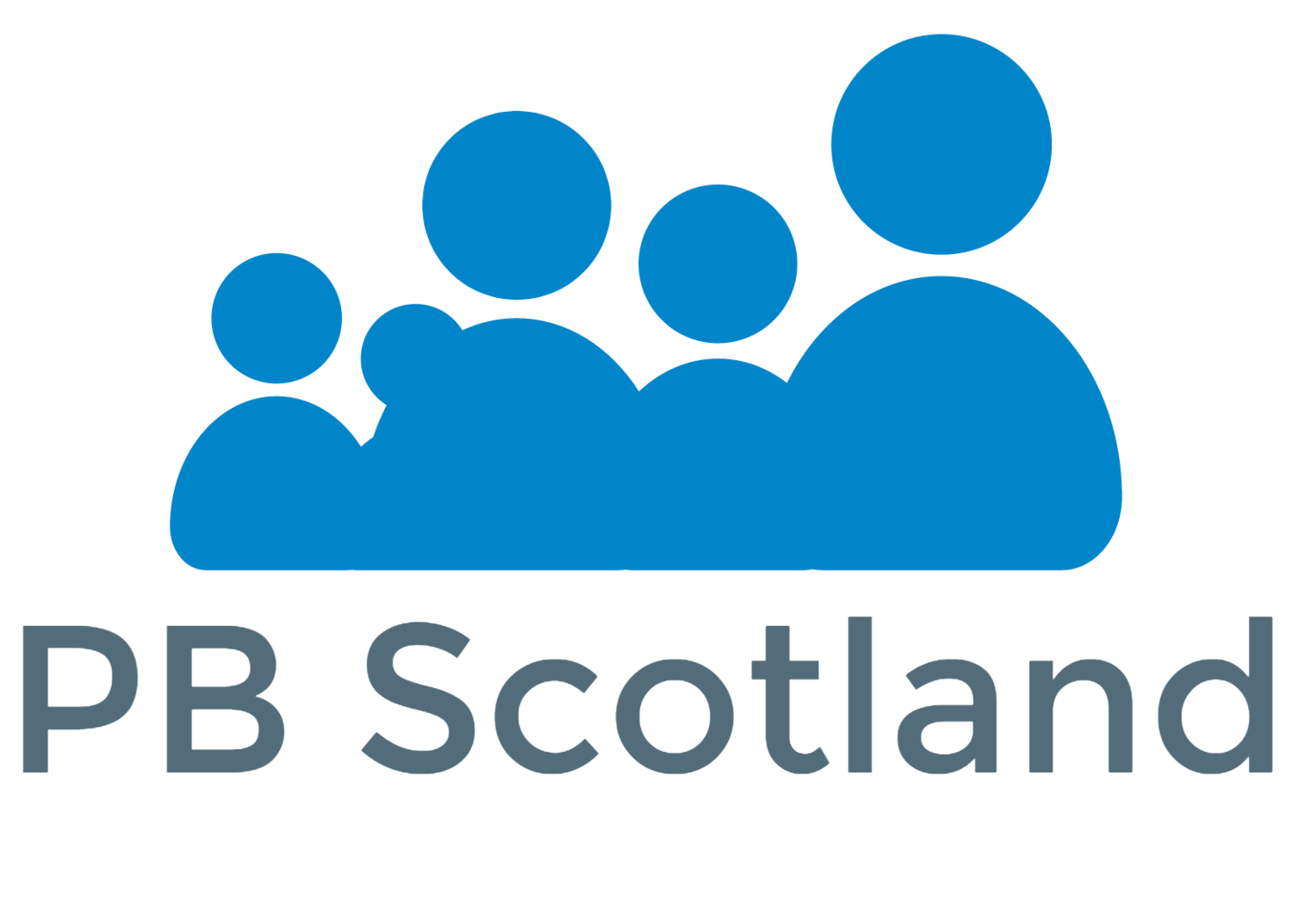PB Project Delivery and Impacts
It is important for PB facilitators to understand the impact that the PB process has had and what positive differences it has made to local communities and groups. Both funding bodies and businesses will be more likely to support further/future projects if it can be demonstrated that the activity will have a long-term positive impact that contributes to their aims or priorities – this is one of the main reasons for evaluating impact.
Both funded and non-funded projects/activities should be approached to understand:
The difference (impact) that funded projects have made to participants, users and local communities.
The effects that collective involvement in PB activities have had (or continue to have) for both organisations and communities after the PB process itself has been completed.
Whether projects (both funded and non-funded) felt they were adequately supported, went on to secure alternative or additional funding and what the impact of this has been to these groups/organisations.
Any unanticipated outcomes from the PB activities – additional funding, funding extensions, increased visibility or local support, new collaborations or partnerships etc.
There are many ways to talk about impact: the difference you make, the impression you leave, outcomes, changes, results, etc. However, Impact evaluation is not just about benefit hunting. You must look for evidence which tells the whole picture – the good, the bad and the unexpected.
Impact evaluation of PB projects/activities looks at activity funded through PB money and evaluates the benefits they brought locally. It also looks at the impact of where funds were not secured and what had happened as a result.
Evaluation outcomes – what will success look like?
Outcomes can vary for this type of impact evaluation, and will often be dependent on whether there is a theme for the PB process (i.e. youth, green, school) but some outcomes could include:
Groups felt informed about the PB process, and its outcomes (or themes) and the application processes was clear, timely and well supported.
Groups felt confident and were supported to submit appropriate applications for funding that were purposeful, clear and measurable.
Successful projects felt supported and implemented activities as planned.
Unsuccessful applicants felt supported to explore alternative avenues.
Greater awareness within the community was raised around PB (or a specific theme – climate, health etc) which will encourage future involvement or change.
New ideas/solutions to outstanding local issues and challenges have been identified and delivered.
Beneficiaries of the project were reached as intended and experienced positive impact and/or change.
Expected outcomes were achieved by projects as planned.
Positive impact has been experienced by the wider community.
Relationships between communities, groups and local partner agencies have been developed or strengthened.
Groups are more likely to participate in future PB activities.
How will I evaluate?
Evaluation methods for project/activity impact include:
Monitoring forms/surveys.
Individual or Group Interviews (online or in person).
Focus groups or feedback sessions.
When evaluating impact, it is becoming more popular to include evidence in more interactive and innovative forms such as case studies/testimonials, video diaries, short videos vlogs, photo journals and where appropriate links to social media channels and posts. It’s good to think of creative and innovative ways to gather evidence but always ensure this is suitable to those involved in the evaluation.
Sample questions for potential inclusion in self-evaluation exercises with project facilitators and beneficiaries could include (remember to select and adapt questions that best meet your needs).
Resource download: Project evaluation form
In addition to the sample questions in this download, example impact evaluation forms are available to download and can be modified to meet your needs and incorporate some of your preferred impact questions:
Resource download: Project project evaluation questions
Resource download: PB project funding evaluation
What information is best to record?
PB Project/Activity Impact evaluation reporting should include:
Brief background information on the overall PB process (where appropriate), intended outcomes of the project, and successful projects details (number of projects funded, votes received, monies received, purpose of project/activity and overall aims).
Methods used for evaluation and evidence/findings gathered.
Information on whether the outcomes have been achieved – including evidence of this.
Observations/feedback from applicants on the process of applying for funding, what differences/changes have been experienced, how these changes have been seen/recorded, what this has meant for organisations and communities, and what it means for the future. Challenges or unexpected results should also be recorded.
Observations/feedback from those benefiting from the project/activity (users) on what differences/changes they have seen and what this has meant for them now and into the future.
Testimonials or stories about impact.
Future recommendations or plans stemming from the PB activity.
Using the learning
Impact evaluation should be presented and discussed by the PB steering group to both demonstrate benefit (and success) and identify areas of future improvement.
Recording what has been learned, what has worked and what hasn’t, will allow positive changes to be made in the areas of (amongst others) application development, finance management procedures and monitoring and evaluation requirements.
Impact evaluation materials and reports should be made available to participants, beneficiaries (users) and the wider communities using appropriate communication methods. These again may include direct mail (or e-mail), social media posts, press releases, blogs and website materials.


